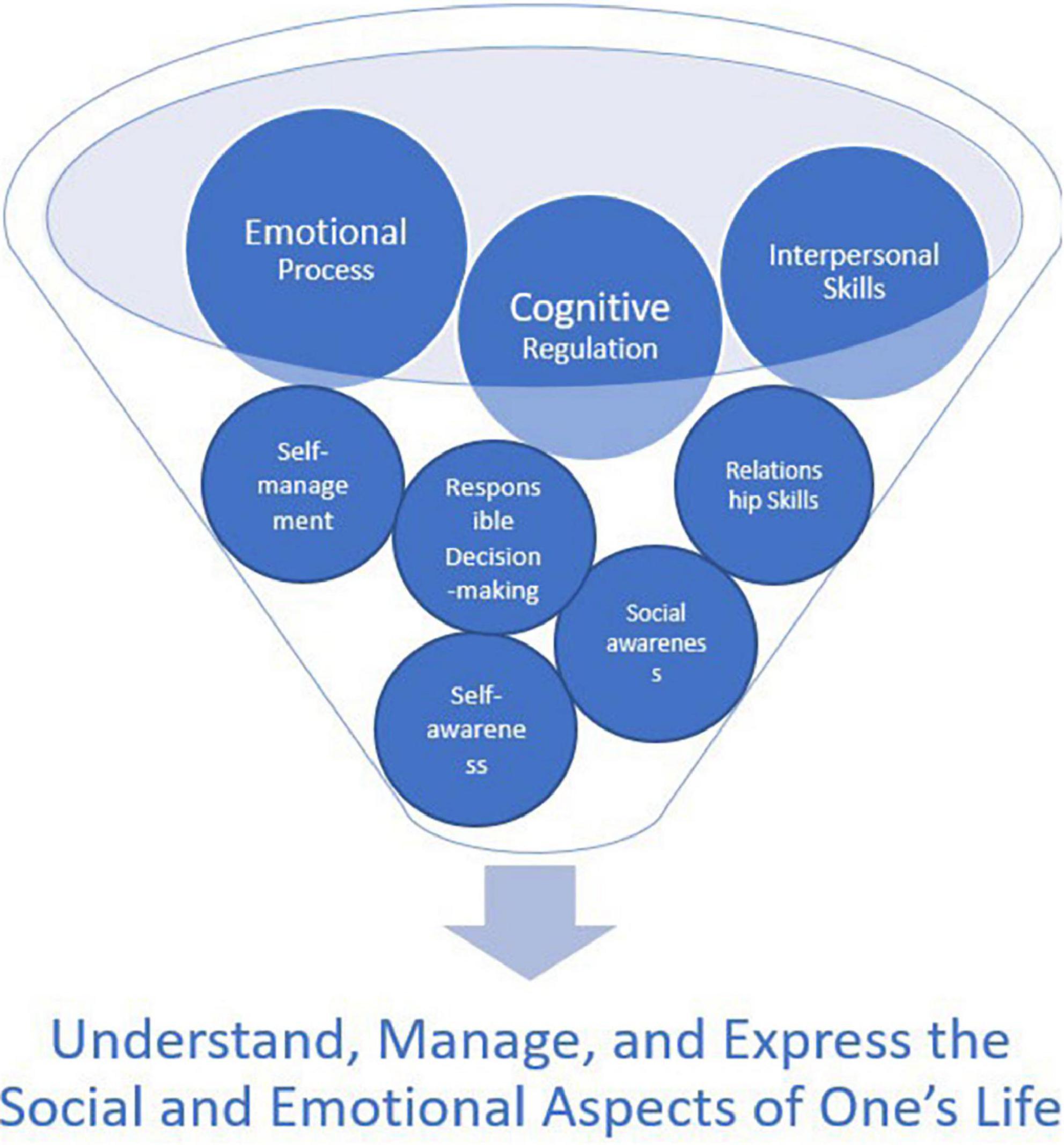The Key Role of Parental Involvement in Social-Emotional Learning: Strategies for Success
In today’s rapidly changing world, social-emotional learning (SEL) has become an essential aspect of child development. Parents, as children’s first teachers, play a pivotal role in shaping social and emotional skills. this article explores the key role of parental involvement in social-emotional learning and shares actionable strategies for educators and families to foster a healthy emotional habitat for children.
What Is Social-Emotional Learning (SEL)?
Social-emotional learning refers to the process by which children and adults acquire and apply the knowledge, attitudes, and skills necessary to:
- Understand and manage emotions
- Set and achieve positive goals
- feel and show empathy for others
- Establish and maintain positive relationships
- Make responsible decisions
SEL is not confined to the classroom—it flourishes in the home environment when parents actively participate in their child’s development.
Why Parental involvement Is Key in Social-Emotional Learning
Research highlights that parental involvement greatly enhances children’s social-emotional outcomes. When parents engage in SEL initiatives and integrate SEL practices into daily life, children demonstrate:
- Higher self-confidence
- Stronger coping and conflict-resolution skills
- Better academic performance
- Improved behavior and relationship-building abilities
Parental engagement provides consistency and reinforces lessons learned at school, making SEL a holistic experience.
The Benefits of Parental involvement in SEL
- Improved Communication Skills: Children learn to express feelings, thoughts, and needs effectively.
- Empathy and Respect: Shared family values help children appreciate diverse perspectives.
- Consistent Emotional Support: Parents can identify and address emotional struggles sooner.
- Enhanced Problem-Solving: Joint activities teach collaboration and negative emotion management.
- Stronger Bonds: Working together fosters deeper trust between parents and children.
Effective strategies for Prosperous Parental Involvement in SEL
Active participation in social-emotional learning doesn’t require specialized training. Parents can utilize practical, everyday opportunities to nurture emotional intelligence and social skills. Here are proven strategies:
1. Model Positive Behavior
- Demonstrate empathy, self-regulation, and respectful communication in daily interactions.
- Admit mistakes and discuss emotions to normalize vulnerability and growth.
2. Establish Open Communication Channels
- Create a safe space for children to share thoughts and feelings without fear of criticism.
- Encourage open-ended questions such as, “How did that make you feel?”
3. Incorporate SEL Activities at Home
- Play games focused on emotion recognition (“Feelings Charades”).
- Practice mindful breathing and meditation together.
- Read stories that highlight empathy and problem-solving.
4. Set Realistic Expectations and Boundaries
- Be clear about family values and behavioral expectations.
- Discuss natural consequences and rewards to reinforce desired behaviors.
5. Collaborate With Educators
- Attend school events and SEL workshops whenever possible.
- Communicate regularly with teachers to align home and school SEL practices.
6. Encourage Community Involvement
- Participate in volunteer opportunities as a family.
- Support group activities that foster teamwork and compassion.
Case studies: Parental involvement making a Difference
Case Study 1: Bridging Home and School SEL (Sunnydale Elementary)
At Sunnydale Elementary, the implementation of weekly SEL newsletters and parent-child workshops considerably improved student emotional regulation. Parents shared that nightly “emotion check-ins” opened a dialog for deeper family conversations,reducing school anxiety levels by 30% over six months.
Case Study 2: Empowering Parents in Diverse Communities
A community program in Chicago offered multilingual SEL resources and peer-support groups, empowering parents from various backgrounds. The initiative fostered inclusion, with 80% of families reporting improved children’s social skills and empathy within three months.
A Parent’s Perspective: First-Hand Experience
“As a mom of two, I found that simple rituals—like asking about the ‘best’ and ‘challenging’ part of their day—create space for open communication. We practice deep breathing before tests, and both my kids have learned to self-soothe and support each other. Working hand-in-hand with teachers has made us all feel like a team.”
Practical Tips for Busy Parents
- Schedule SEL Time: Reserve 10 minutes daily for emotional check-ins.
- Utilize Mobile Apps: Try SEL-friendly apps for on-the-go mindfulness.
- Reflect On Emotions Together: use dinnertime to discuss how everyone felt that day.
- Encourage Journaling: Help children keep an “emotion diary” for self-reflection.
- Connect With Support Groups: Join online parent forums focused on SEL.
Frequently Asked Questions (FAQ) About Parental Involvement in SEL
What if I don’t have much time?
Even brief daily conversations or shared activities can have a powerful effect. Consistency and genuine engagement matter more than duration.
Do I need special training for SEL?
No special training is necessary—just a commitment to listening, guidance, and modeling positive behaviors.
How do I handle emotional challenges I don’t understand?
Ask open-ended questions, practice active listening, and reach out to teachers or mental health professionals for support as needed.
Conclusion: Building Lifelong Social-Emotional Skills Through parental Involvement
Social-emotional learning is most effective when parents and educators collaborate, creating a supportive network around every child. With intentional practices, compassion, and consistency, parents help lay a foundation for emotional resilience, relationship skills, and academic success. By embracing your vital role in SEL, you empower your children to thrive—at home, at school, and beyond.
If you found this article helpful, share it with other parents and educators. Explore our site for more social-emotional learning strategies and guides.

